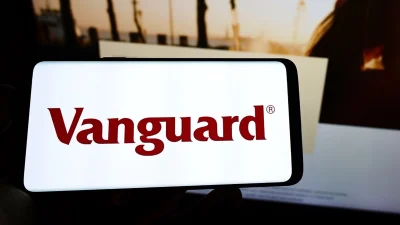5 questions when considering a semi-liquid fund



Bfinance Australia has shared five questions to ask when considering a semi-liquid private equity fund as their assets under management reach US$30 billion.
Semi-liquid funds have become popular in recent years as advisers seek a more flexible option to private market funds which can have problems with liquidity and transparency.
Among wealth managers, the firm said 38 per cent were looking to increase their private markets allocations and 6 per cent were looking to add their first exposure.
The report, titled Navigating Potential Pitfalls in Semi-Liquid Private Equity, highlighted five areas that advisers needed to be aware of:
- How much liquidity is offered and what mechanisms underpin its delivery?
- Is the client base appropriately diversified and robust?
- What measures are in place to ensure fairness between LPs?
- Are fees and costs appropriate?
- Should lower performance be expected?
Anna Morrison, managing director for private markets at bfinance, said: “We are seeing a strong appetite for semi-liquid strategies, driven by the promise of liquidity and diversification. However, investors must be aware that these structures introduce new risks, including fee structures and liquidity risks, particularly in times of market stress. Due diligence on liquidity mechanisms and investor composition is paramount.”
Regarding fees, the median management fee was 1.2 per cent, while 50 per cent charge performance fees, which can vary between 7 per cent and 15 per cent. Bfinance noted semi-liquid funds calculate management fees using net asset value from day one rather than committed capital for the first few years.
While a characteristic of semi-liquid funds is their greater liquidity, 63 per cent have quarterly liquidity while just 6 per cent have either daily or weekly liquidity, and there are also restrictions around notice periods which can range from 10–90 days, redemption limits of 5 per cent per quarter subject to approval, penalty fees for early redemptions and gating.
They also typically have a short track record, with over 50 per cent having been launched between 2020 and 2024, and only one having a 10-year track record which means there is limited record of how they have performed in periods of stress.
“Trade-offs should be weighed with care: many liquidity-supporting measures have the potential to erode returns. A 25 per cent allocation to liquid assets including cash, for example, will place a greater drag on fund returns than a 5 per cent allocation. Importantly, many of the vehicles available today have not yet experienced several consecutive quarters when redemption requests have significantly exceeded subscriptions.”
Recommended for you
Global X has painted a worrying picture for active ETFs in Australia, with investor adoption proving uneven and the popularity of its low-cost index counterparts only growing stronger.
Australian equity ETFs attracted record inflows of $3.2 billion in 1Q25, while heightened volatility led to a decline in flows for global equity ETFs, according to Vanguard.
The failure of a clinical trial by biotech firm Opthea has caused shares in its backer Regal Partners to decline 52 per cent year-to-date and hit its funds under management, quarterly flows show.
GQG Partners has revealed its quarterly flows for the first three months of 2025 were up 5.8 per cent, after a difficult final quarter of 2024 as a result of institutional redemptions.















